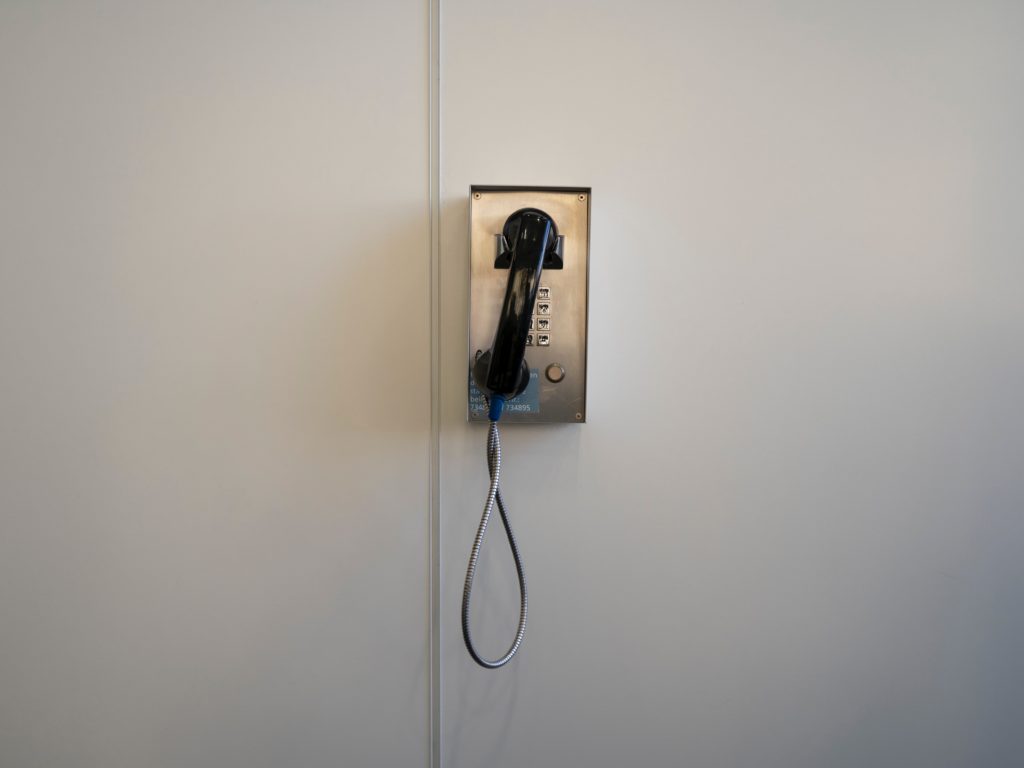
Insights
March 9, 2023The work-related costs scheme (WKR) explained
What exactly is the WKR?
As an employer, the work-related costs scheme allows you to grant employees allowances, benefits in kind, and (temporary) provisions tax-free. This includes matters such as Christmas gifts, staff outings or a company bicycle. It also includes matters that personally benefit your staff, such as a subscription to a sports club. However, there’s a maximum to the total amount that you’re allowed to reimburse tax-free: you have to respect the so-called discretionary scope. Using the WKR is mandatory, and everything that is issued as such must be administered.
The discretionary scope
The height of the discretionary scope is determined per year. In 2022, this will be 1.7% of total wages, up to an amount of €400,000. For everything over €400,000, the discretionary scope is 1.18%. Do your reimbursements exceed the discretionary scope? Then you’ll have to pay 80% tax over that part.
An example: the total taxable salary of your employees is €650,000. The discretionary scope is 1.7% over the first €400,000; which translates to € 6,800. For the remaining €250,000, the discretionary scope is 1.18%, or €2,950. In total, the discretionary scope is €9,750.
In the above example, all allowances for employees are tax-free up to a total amount of €9,750. When you reimburse employees after the discretionary scope has been exceeded, you pay 80% tax over those spendings. This tax amount is called the final levy and you pay it at the latest in the second tax period of the following year. The final levy is then deductible as business expenses.
Costs that aren’t included in the discretionary scope
Some allowances are not at the expense of the discretionary scope. A distinction is made between zero valuations and specific exemptions.
Examples of benefits under zero valuation:
• Furnishing of workplace
• Refreshments that are not part of a meal, such as coffee and tea
• Work clothing (such as mandatory safety clothing or clothes with a logo that meet the requirements of the Dutch Tax and Customs Administration)
The specific exemptions include:
• Reimbursing or providing a laptop
• Travel allowances
• Meals during overtime
• Providing computers if necessary for work activities, for example
A necessity criterion applies to all products that you believe your staff needs to do their job, for example tools or a smartphone.
Fixed fees
Fixed fees apply to certain reimbursements within the WKR. The best known are the travel allowance of €0.19 per kilometer (this will be €0.21 from 2023) and the allowance for meals. As stated above, meals during overtime – as well as meals during business trips or meals for mobile employees, for example – fall in the specific exemptions category. However, when you also provide lunch for your employees for example, a fixed fee of €3.55 per meal applies. This means that you cannot state any amount higher than this fixed fee in your discretionary scope, even if the actual costs are higher. The remaining amount is to be included in the calculation of the final levy. Another option is to include this amount as a private use addition on the pay slip of your employees, just like a company bicycle or car. In that case, the amount will not be at the expense of the discretionary scope and you won’t have to deal with a final levy.

What about VAT?
The VAT on reimbursements that fall within the discretionary scope is deductible. But there’s a threshold. As long as you don’t spend more than €227 ex. VAT per employee per year, you can deduct the VAT. If you exceed this threshold, the VAT is not deductible. Have you already reclaimed the VAT during the year? In that case you’ll have to pay it back. However, if your employees pay a personal contribution, you’re allowed to deduct this from the costs incurred. And if that means you now stay below the threshold amount, the VAT is deductible. You will need to pay VAT on these personal contributions.
It’s up to you to calculate how much you have spent per employee. In the case of personal expenses, such as a Christmas present, this is easy. But expenses made for a group of employees need to be divided by the number of people who’ve benefited from it. It’s the only way to determine per employee whether you’ve remained below the threshold amount.
Example: you have 5 employees and you give everyone a Christmas gift worth €75 excluding VAT. You also organised a trip for 3 employees, the total costs of which were €750 excluding VAT. And 1 employee received an anniversary gift that cost €100 excluding VAT.
• You can deduct the VAT from the Christmas gifts of the employees for whom you did not organise a trip.
• You can deduct the VAT from the anniversary gift if you did not arrange a trip for this employee, because in that case the total costs for this employee will not exceed the threshold.
• No VAT can be deducted for the costs of the trip, because they exceed the threshold amount.
These are the most important conditions for using the work-related expenses scheme. Of course there are always exceptions and as an employer you will encounter specific situations that we have not described here. It is therefore important that you, as an employer, are always properly informed.
Author: Sanne




